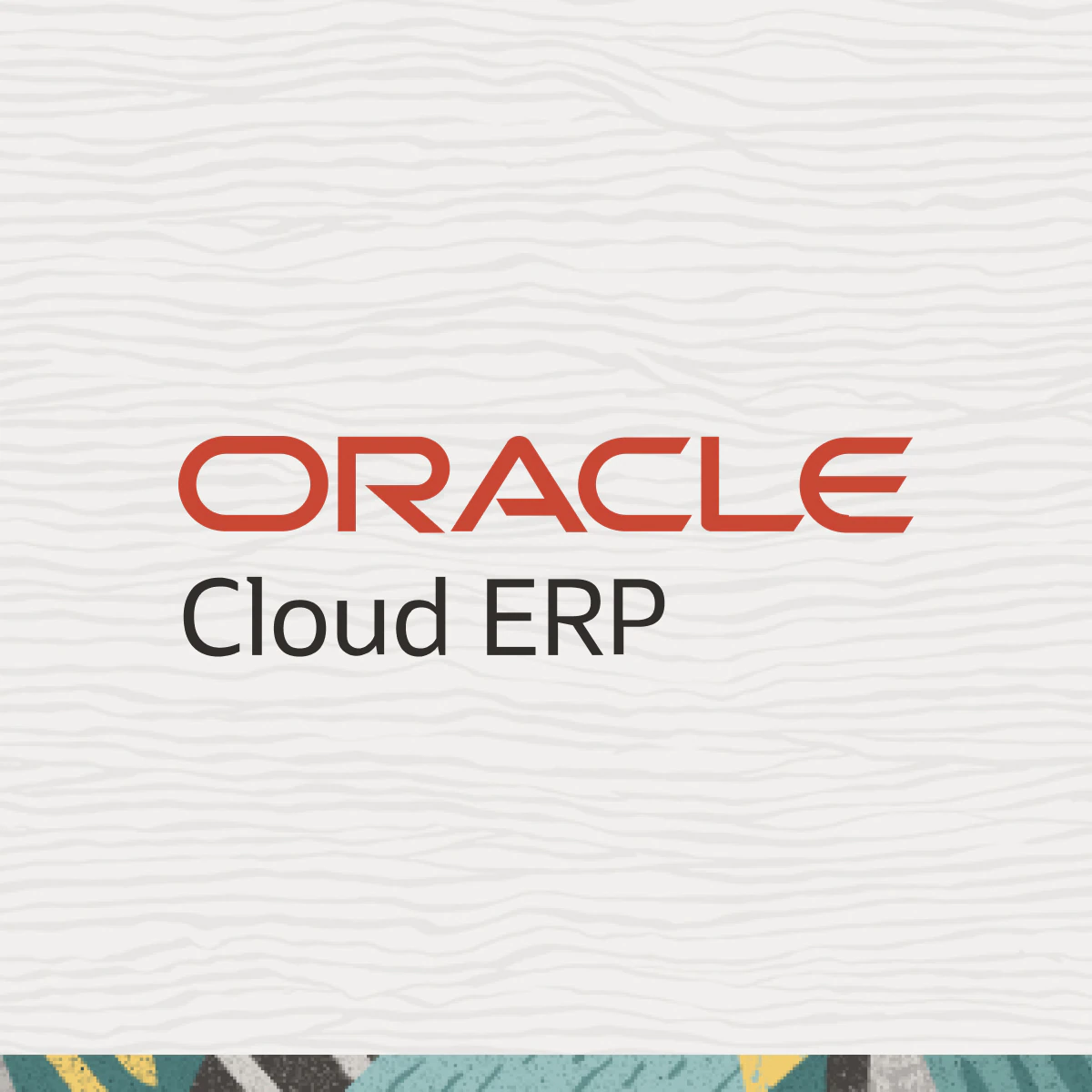Top 10 Best Enterprise Systems Companies in India in 2022

Top 10 Enterprise Systems Companies in India in 2022
Enterprise software commonly referred to as enterprise application software (EAS), is computer software designed to meet the needs of a company rather than individual users. Such organisations include businesses, schools, interest-based user groups, clubs, charities, and governments. An enterprise system is a collection of such software. Enterprise software is a component of a (computer-based) information system. These systems manage a portion of an organization’s operations intending to improve business and management reporting responsibilities. The designs must process data at a rapid rate and be distributed over a range of networks.
Enterprise software typically provides business-oriented tools like online shopping and payment processing, interactive product catalogues, automated billing systems, security, Business Process Management, Enterprise Content Management, IT Service Management, Customer Relationship Management, Enterprise Resource Planning, Human Resource Management, Manufacturing, Occupational Health and Safety, and more are all examples of business process management.
Enterprise software is generally available as a suite of customizable tools because businesses have comparable departments and processes. The complexity of these instruments, in general, necessitates specialized skills and knowledge. Enterprise computing refers to the information technology (IT) solutions companies utilize to run their operations more efficiently and provide back-office support.
Other IT tools include database management, customer relationship management, supply chain management, business process management, and other IT tools. Enterprise software is a collection of computer programmes that include basic corporate applications, modelling tools for understanding how the entire organization operates and developing custom applications. The programme is designed to address an enterprise-wide issue rather than a department-specific issue. By delivering business logic support features, enterprise-level software attempts to boost the enterprise’s productivity and efficiency.
“Enterprise applications are about the display, processing, and storage of vast volumes of frequently complex data, as well as the support or automation of business operations with that data,” according to Martin Fowler.
Although there is no universally accepted list of enterprise software features, performance, scalability, and robustness are common. Furthermore, enterprise software is often administered centrally and provides interfaces to other enterprise software.
Enterprise application software supports order processing, procurement, production scheduling, customer information management, energy management, and accounting, among other business functions. It is usually housed on servers and provides several users with simultaneous services across a computer network. On the other hand, a single-user application runs on a user’s personal computer and serves only one user at a time.
Large-scale enterprise software packages that support business operations, information flows, reporting, and data analytics in complex organizations are known as enterprise systems (ES). While most ES are packaged enterprise application software (PEAS) systems, they can also be bespoke, custom-developed systems designed to meet the demands of a specific business.
ERP (enterprise resource planning) systems, enterprise planning systems, and customer relationship management software are examples of enterprise systems.
Although data warehousing and business intelligence systems are enterprise-wide packaged application software frequently marketed by ES providers, they are sometimes omitted from the term because they do not directly support the execution of business processes.
Enterprise systems are made up of databases and software platforms like SAP’s NetWeaver and Oracle’s Fusion.
Enterprise systems are the servers, storage, and accompanying software that major enterprises employ as the cornerstone for their IT infrastructure from a hardware standpoint. These systems are built to handle massive amounts of essential information. These systems are usually made with high transaction performance and data security in mind.
Top 10 Enterprise Systems Companies in 2022-
1. Microsoft D365
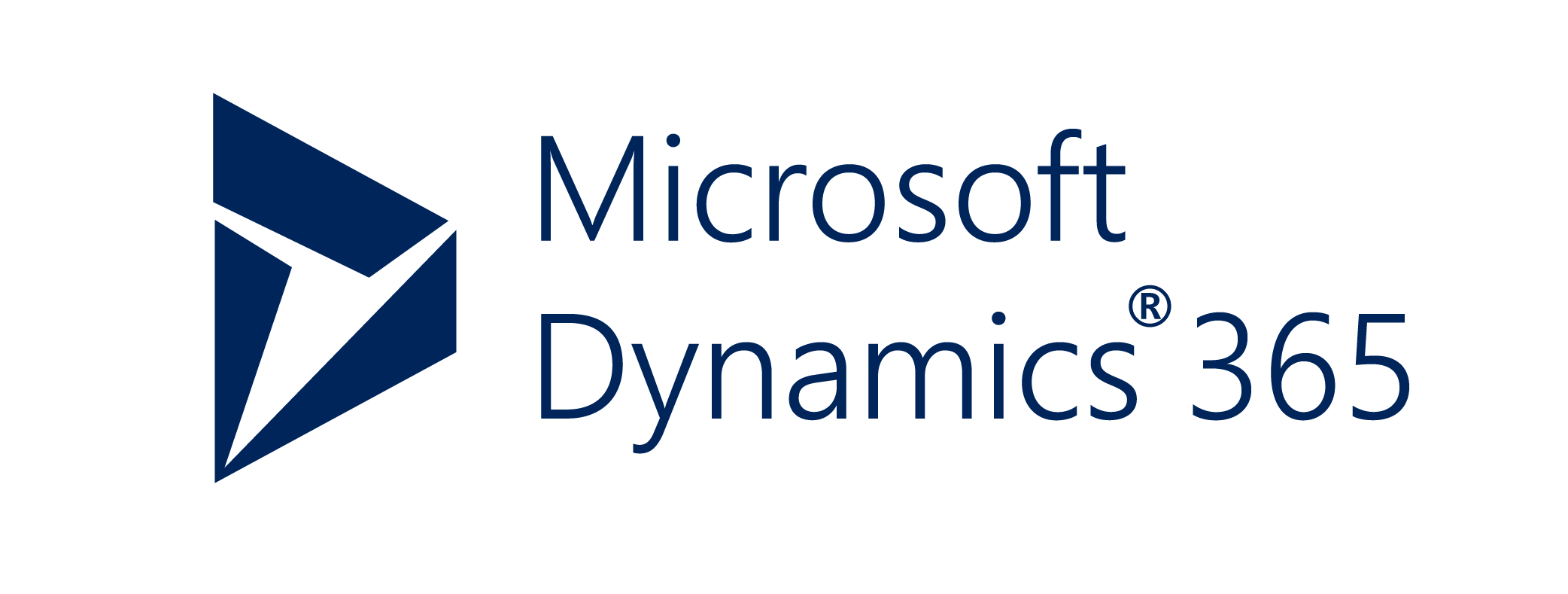
Microsoft D365, which was last year’s number two system, has climbed to the top of the rankings. The fact that D365 offers two alternative solutions is one of the main reasons it is ranked first. There’s Business Central, which is designed for small and mid-sized businesses, and Finance and Operations, designed for larger, more sophisticated companies.
It is a set of intelligent business tools for enterprise resource planning (ERP), and customer relationship management (CRM) launched by Microsoft in July 2016 and released on November 1, 2016. There are two editions: a Business Edition that contains a Financials application based on the ‘Madeira’ project and an Enterprise Edition that includes various CRM apps (field service, sales, project service automation, and customer service).
The CRM applications in the Dynamics 365 series were rebranded as the “Customer Engagement Plan” on July 1, 2017. Microsoft Dynamics 365 for Finance and Operations is the new name for the ERP programme; nevertheless, it is only offered as part of the “Unified Operations Plan,” which includes the independent products Dynamics 365 for Talent and Dynamics 365 for Retail. The two plans combine to make the “Dynamics 365 Plan.”
Many businesses are familiar with that user interface and like the flexibility that D365 offers, especially when compared to Oracle NetSuite or SAP S/4HANA.
However, just because you can change the D365 system does not mean you should. Many firms find themselves in trouble during the implementation process by over-customizing the system. Another attractive feature of Microsoft Dynamics is how easy it is to integrate with other systems and the fact that it has the familiar Microsoft look and feels. These are typical reasons why many of clients choose D365.
2. Oracle Netsuite
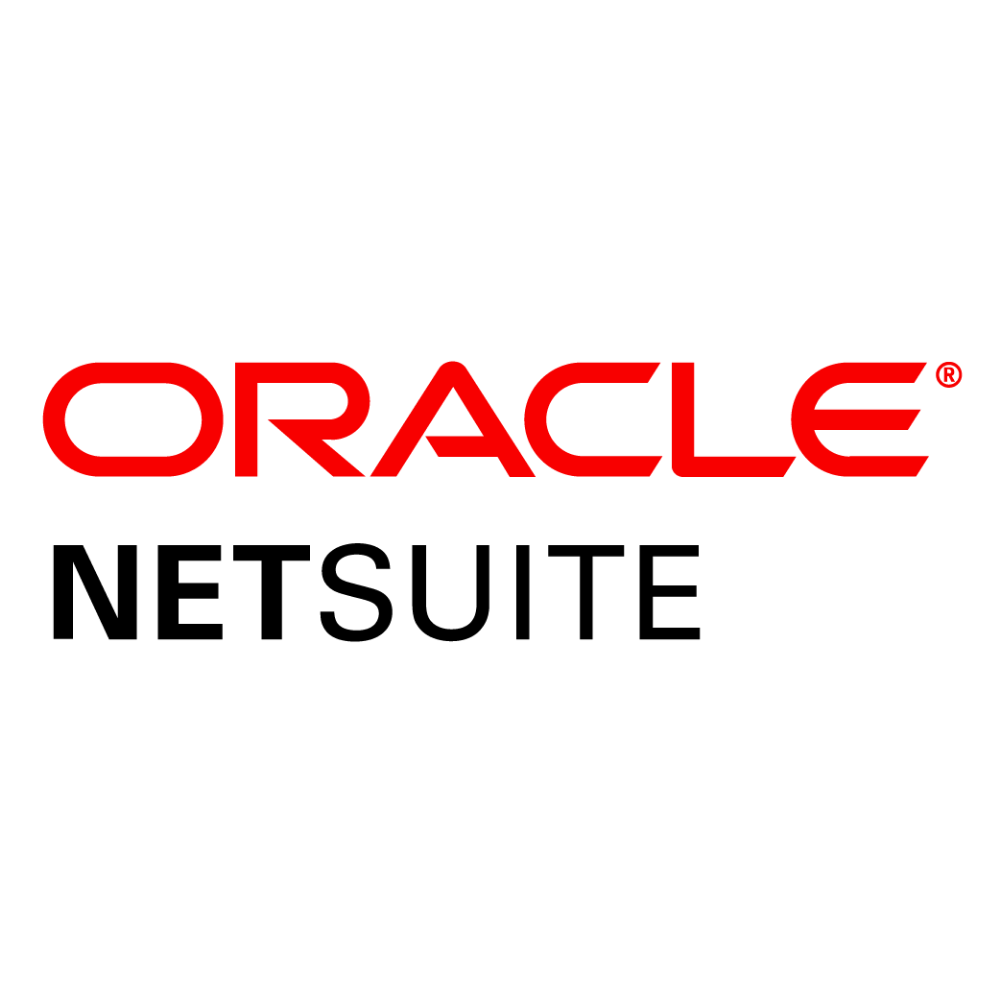
Oracle NetSuite, is ranked second in top 10 list, and it’s still an excellent and respectable placement.
Oracle NetSuite has many advantages, including being one of the first software-as-a-service systems. It’s been in the cloud for 20 years, long before all the other vendors tried to catch up, so it’s a mature solution that’s spent its entire life on the cloud. It was created for the cloud, and its architecture is cloud-based.
NetSuite also caters to small and mid-market businesses, so if one is a pretty standard small or mid-market business wanting to upgrade from QuickBooks or a basic accounting system, NetSuite could be a reasonable next step in your digital transformation.
The cost for Oracle NetSuite is relatively high, especially for small and mid-size businesses. It has a recurring subscription model with many hidden fees that might arise over time, it can be rather costly in the long run.
The other factor that prevented it from being ranked first is that we’re starting to encounter more challenges with Oracle NetSuite setups. It appears that they are getting ahead of themselves in some circumstances when selling Oracle NetSuite. Make sure you understand whether Oracle NetSuite can genuinely suit your goals and that you’re getting an unbiased opinion on the matter.
Last but not least, Oracle NetSuite suffers from a lack of versatility compared to competing systems on the market. Compared to Microsoft D365 or Oracle ERP Cloud, if you don’t like how NetSuite was developed, it’s pretty tricky to modify. That lack of versatility compared to other systems is part of what keeps it back, but it’s still a great, respectable second-place finisher in our top ten rankings for this year.
3. Oracle ERP Cloud
Oracle ERP Cloud is ranked number three on our list. It is one of the gold standards for larger Fortune 1000 companies and SAP. When we compare Oracle to SAP Cloud and explain why Oracle is better, we find it primarily due to Oracle’s flexibility. It’s something that can be more easily customized than S/4HANA in general.
Oracle ERP Cloud faces many of the same difficulties as SAP in that it is still a work in progress. There are still a lot of advanced manufacturing capabilities missing from the system. Oracle ERP Cloud is a highly comprehensive and robust platform that can fulfil a wide range of industry needs, particularly if you’re a diversified, larger, and more complicated firm that values flexibility and simplicity of connection.
Oracle Corporation announced Oracle Enterprise Resource Planning Cloud, a cloud-based ERP software application suite, in 2012. Accounting, financial management, project management, and procurement are among the enterprise services managed by Oracle ERP Cloud.
Oracle ERP Cloud is a comprehensive software-as-a-service package for managing business operations. The suite runs on an Oracle technology stack in Oracle’s cloud centres. Oracle ERP Cloud is available in public and private clouds, and hybrid deployment is supported. Oracle releases Oracle ERP Cloud updates at least twice a year. The Oracle ERP Cloud suite is made up of nine main software components, according to the company’s website:
- Financials
- Accounting Hub
- Procurement
- Project Management
- Risk Management
- Enterprise Performance Management (EPM)
- AI Apps for ERP
- Supply Chain Management (SCM)
Oracle ERP Cloud received HIPAA certification in March 2017. The software suite includes Multi-GAAP, multi-currency, multi-language, and multi-subsidiary capabilities, which is designed to handle multinational enterprise tasks.
4. SAP S/4HANA
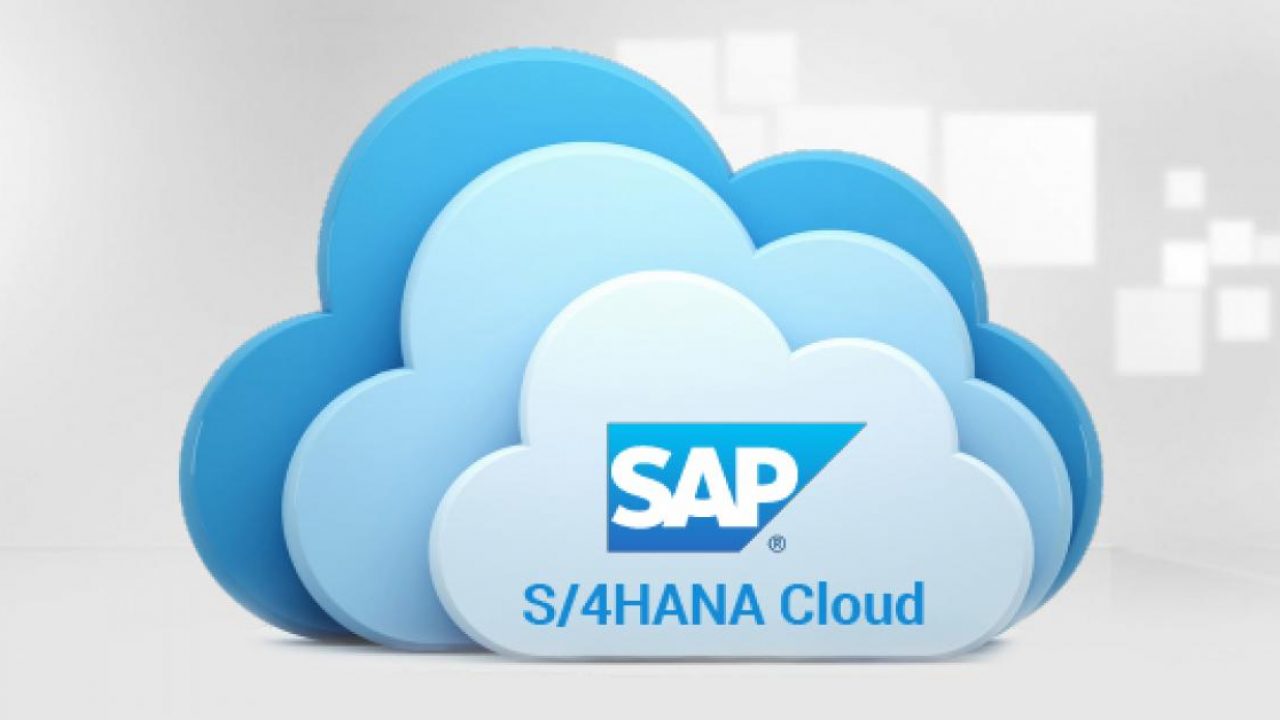
SAP S/4HANA is SAP’s enterprise resource planning (ERP) system for large businesses and it is the successor to SAP R/3 and SAP ERP, and it is built on SAP HANA, the company’s in-memory database.
The product is an Enterprise Resource Planning software suite that includes all of an organization’s day-to-day activities (such as order-to-cash, procure-to-pay, plan-to-product, and request-to-service) and fundamental features. It re-integrates elements of SAP Business Suite products like SAP SRM, SAP CRM, and SAP SCM and functionality from lines of business and industry solutions. SAP Business Suite 4 is packaged as SAP S/4HANA because it only runs on the SAP HANA database. SAP’s traditional R3, ERP, and ECC business suites and related products were built to run on a variety of database platforms, including Oracle, Microsoft, and IBM.
Since 2010, the SAP HANA platform has been available, allowing SAP applications such as SAP ERP and SAP Business Suite to run on the SAP HANA database and other compatible database systems.
On February 3 2015, SAP S/4HANA, the new suite, was unveiled at the New York Stock Exchange. The event launched the on-premise edition and introduced cloud and on-premise editions. On May 6 2015, at SAPPHIRE NOW (SAP’s annual client conference) in Orlando, Florida, the cloud edition became available.
SAP S/4HANA is being billed as the company’s most significant ERP strategy and platform overhaul in over two decades. Gartner experts remarked that SAP S/4HANA constituted a “transformational shift” following its launch but raised concerns about its capabilities, availability, pricing, and migration.
Three hundred seventy clients had purchased S/4HANA as of April 21, 2015. SAP’s incredible growth was verified in the first half of 2015. SAP announced in October 2015 that S/4HANA had surpassed 1,300 customers. The third quarter of 2015 saw continued growth. SAP said that the number of SAP S/4HANA customers had increased to 1,300 following its third-quarter earnings announcement. SAP stated that 5,400 customers had installed SAP S/4HANA as of the end of the fourth quarter of 2016. By the end of June 2018, the product’s customer base had grown to 8,900 people.
Several ERP systems serve the same purpose. Oracle, Infor, Microsoft, and Workday, Inc. are among the product’s competitors in the Software as a Service area.
5. IFS

IFS is ranked number five on our list. Great product, powerful enough to place in top five, and it has done so since it is a much focused solution. It doesn’t strive to be everything to everyone, and it focuses on enterprises in the industrial, manufacturing, and distribution sectors. IFS is an excellent fit for companies with a lot of project management, asset management, or maintenance and repair functions.
Still, when we’re looking at an overall, general ranking like this one, there are alternative solutions that can give a variety of capabilities to fulfil a variety of clients’ demands. If you’re one of the organizations that fit within IFS’ sweet spot, you might even rank IFS first on your list.
It boils down to determining the product’s strengths about your requirements. A lot of R&D money is spent on the product itself if it has a friendly user interface. The organization is also increasing its value-added reseller network and implementation partners. This investment in the future expansion will ensure a prosperous future for the company.
The product’s disadvantage is that it is more expensive than some of the alternatives on the market. We’ve discovered that you’ll spend a little more on IFS per dollar spent, but if it’s the proper fit for you, you’ll gain superior capabilities. The other major disadvantage of IFS is mostly a matter of image, as many organizations have never heard of it.
IFS is a European firm with a strong presence in Europe. They are still growing and aiming to expand their market share in other world regions. You won’t have as many peers using IFS as you might with some of the other products in our top 10 list regarding referenceability and having peers who use the product. IFS has earned a spot at number five on our list with that in mind.
6. Infor CloudSuite
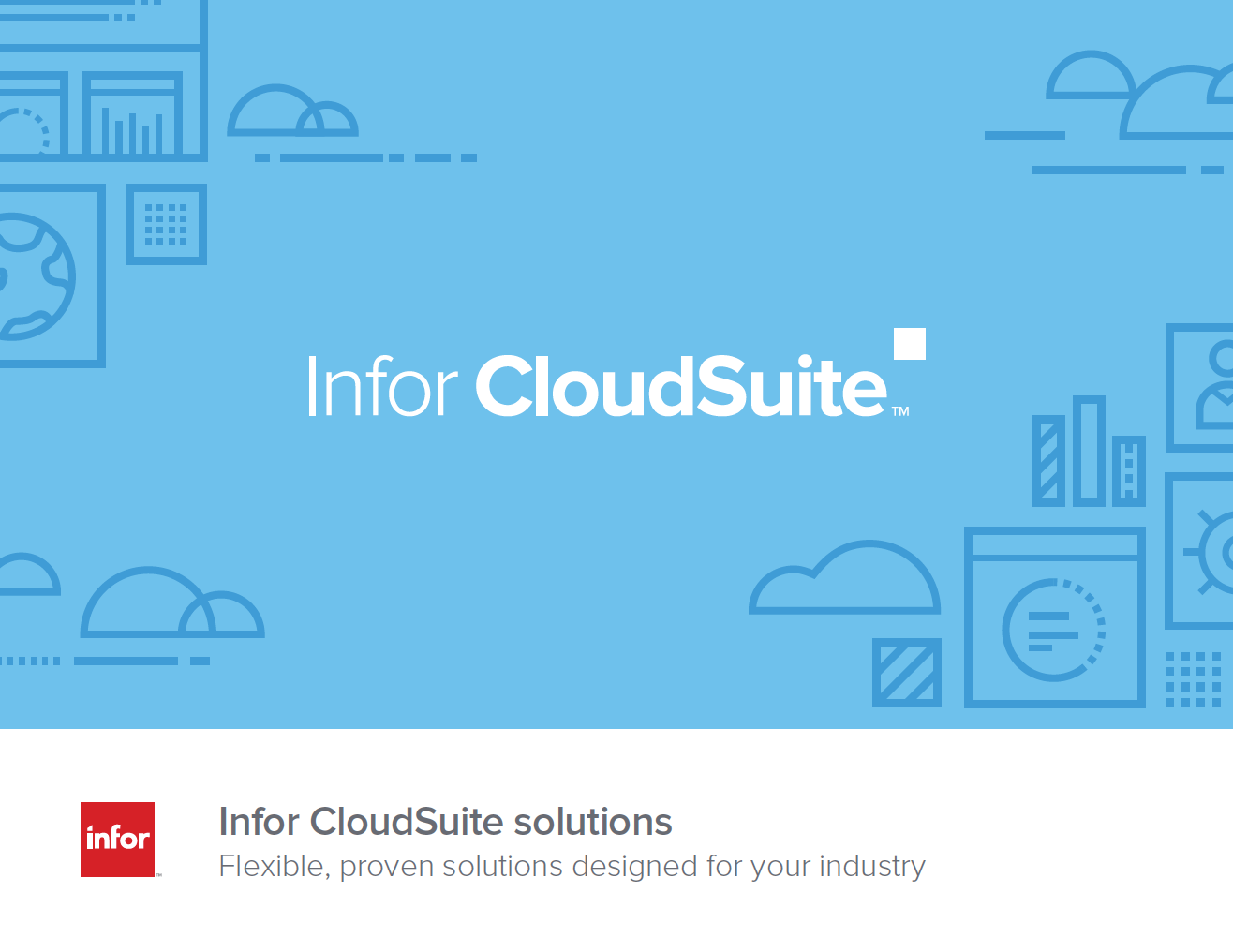
Infor CloudSuite is ranked number six on our list. This is one of the products that has risen in our rankings this year. However, the must point out is that the Infor CloudSuite canopy is quite large, and it may be a little deceptive because the Infor CloudSuite umbrella encompasses numerous systems. They’re attempting to rename the product as CloudSuite, although there are still sectors of different products with which they collaborate.
Infor CloudSuite umbrella as a whole, is a lot of strong, solid, and diverse business processes and capabilities. These can be beneficial in various settings, particularly for manufacturing and distribution companies, but we’ve also seen Infor utilized well by non-manufacturing companies.
They have a lot of R&D expenditures because of Koch Industries’ substantial investment in the company’s acquisition. The disadvantage of Infor, like every other product in our top ten list, is essentially the product roadmap and determining which of these systems to piece together to provide the solution you require. This can be perplexing, even frightening, so be sure you’re identifying the right option, whether it’s M3, Syteline, Nexus, or one of their other offerings.
7. Sage X3
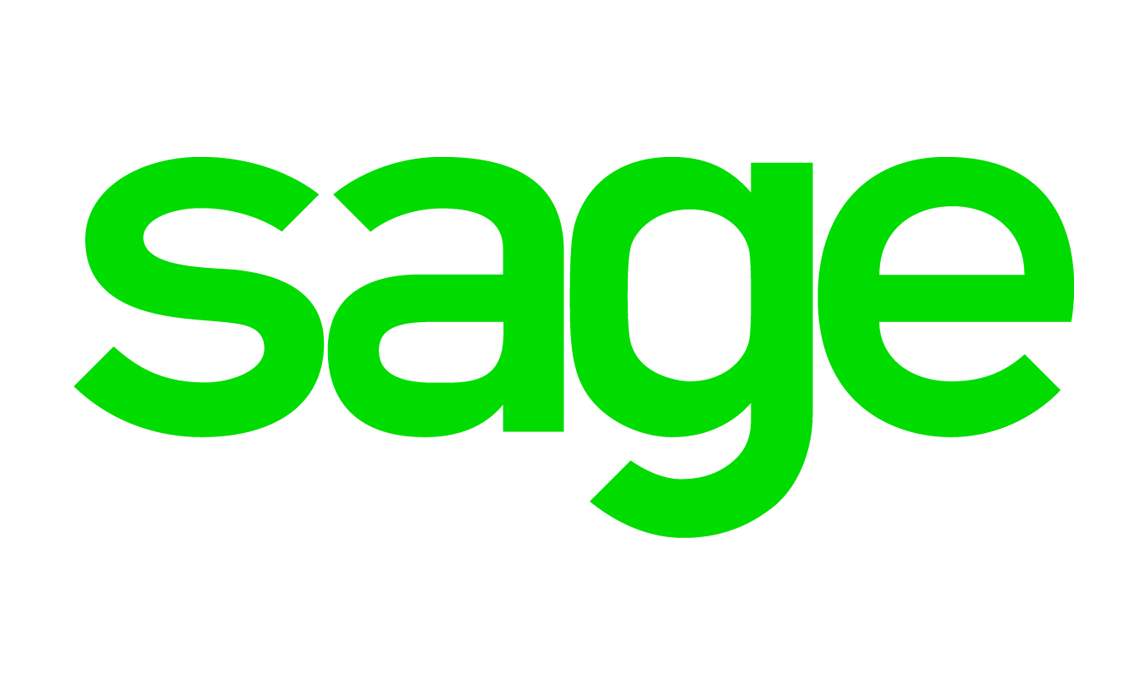
Sage X3 comes in at number seven. Sage X3 is a fantastic solution in general; it’s a core financial system that’s suitable for both manufacturing distribution and non-manufacturing distribution businesses.
Sage X3 is an excellent tier-II option to some of the larger ERP suppliers on the market, although it does have certain drawbacks. It isn’t as scalable as other items in our top 10 list for vast and complicated businesses. It may push the limits of your requirements if you’re a more prominent, more complex multinational firm.
On the other hand, the user interface isn’t as clean or user-friendly as some of the other systems on the market. Sage X3 earns a spot at number seven on our list with all of that said.
Sage X3 is a Sage Group enterprise resource planning product for established enterprises. Sage ERP X3 was the previous name for the software, and it is available in many of Sage’s markets.
Sage purchased the Adonix X3 product line in 2005, which evolved into Sage X3. Sage ERP X3 was the new name, and Sage X3 was the new name. Between 2017 and 2019, it had a longer-term as part of Sage’s Sage Business Cloud product, Sage Business Cloud Enterprise Management, before reverting to its old Sage X3 brand. The product was named a leader in ERP by Nucleus Research.
Sage Business Cloud Accounting and Payroll, originally Sage One is a smaller-scale version of Sage Business Cloud Accounting and Payroll.
8. Odoo
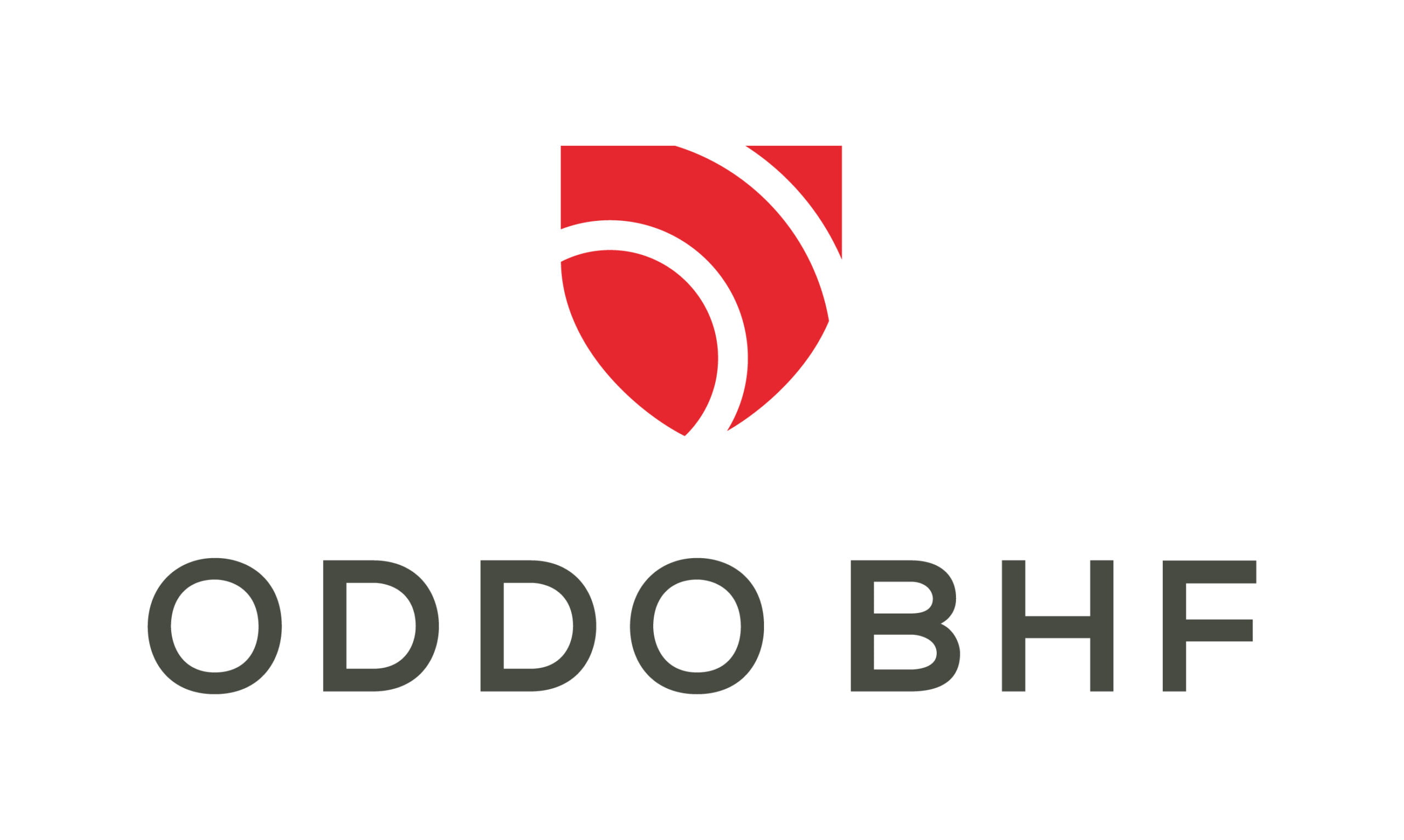
Odoo, an open-source ERP system, comes in at number eight on our list. Odoo is a suite of business management software that includes CRM, e-commerce, billing, accounting, manufacturing, warehouse, project management, and inventory management, among other features. The GNU LGPLv3 licence governs the Community version, which is free software. The Enterprise edition includes exclusive premium features and services. Odoo S.A., based in Belgium, curates the source code for the framework and critical ERP modules. Odoo is accessible as an on-premise solution and a ready-to-use SaaS solution.
9. Salesforce / FinancialForce
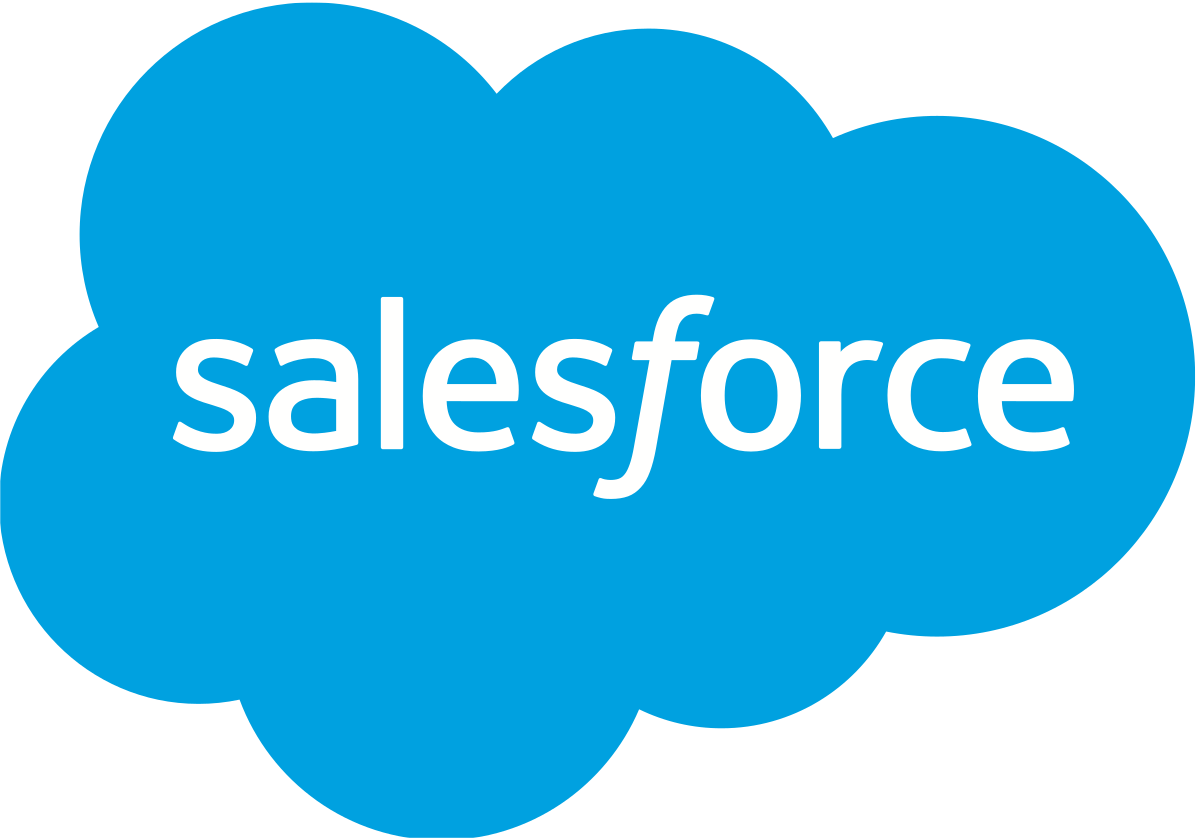
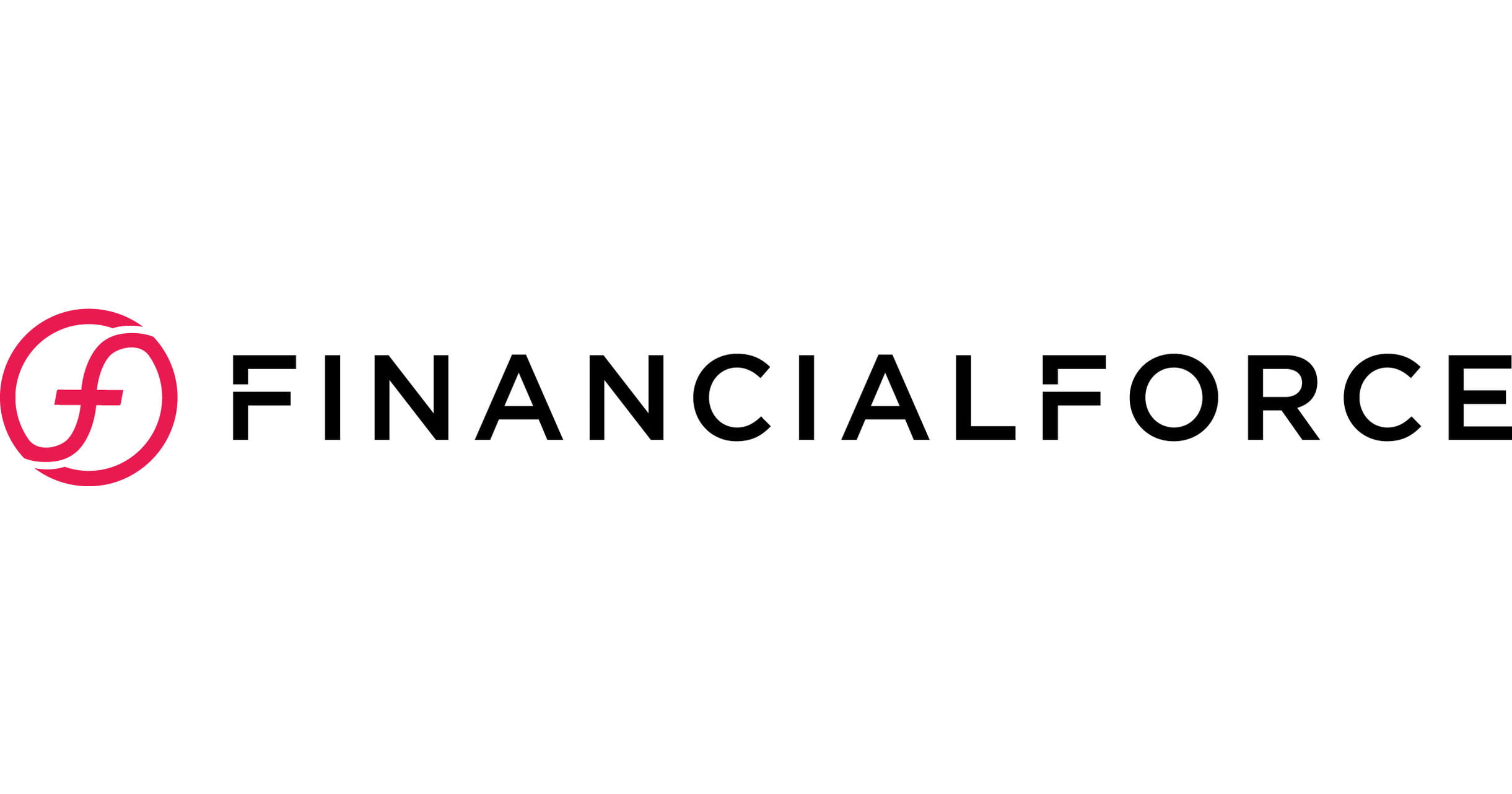
Salesforce and FinancialForce are ranked ninth and tenth, respectively. Salesforce is an excellent option for businesses searching for a best-of-breed and adaptable solution. As the company grows, it can add new systems or modules to satisfy diverse demands. However, this flexibility has a downside: many firms find that it increases integration and cost complexity.
10. Acumatica
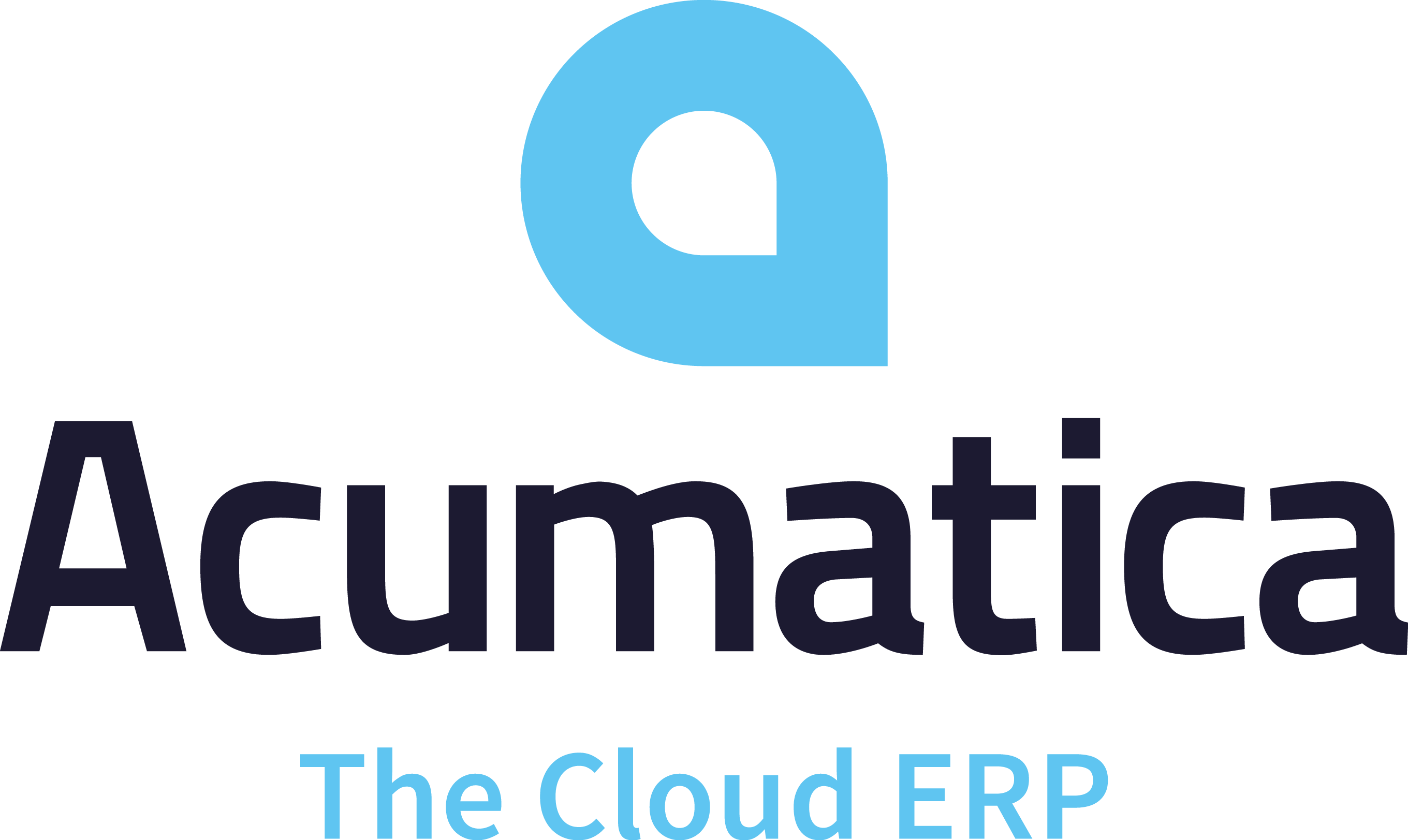
Acumatica is a software startup that specialises in cloud and browser-based enterprise resource planning (ERP) for small and medium-sized businesses. It was formed in 2008. (SMBs). The company’s headquarters are in Bellevue, Washington, part of the Seattle metropolitan area.
Acumatica released its first product, Acumatica ERP, in November 2008, coupled with a financial demonstration. On-premises and SaaS software versions were introduced the following year. A year later, in April 2010, the company released its distribution software.
Visma invested Acumatica in September 2011.
Yury Larichev became the company’s Chief Executive Officer in 2013, shortly after relocating to Kirkland, Washington.
The company released version 4.0 of its ERP suite in March 2013, including a new user interface and Acumatica Studio for ERP app development.
Jon Roskill, a former Microsoft vice president, was named the new CEO in March 2014. Two months later, the company introduced its xRP Cloud Platform. Acumatica 5.0, a new suite, was released in beta form in the fall of 2014.
Acumatica received nearly $13 million in funding in 2014, thanks to an effort coordinated by MYOB. In June 2018, Accel-KKR, a Silicon Valley-based technology investment group, led a $25 million Series C round of funding. The money will further the development of artificial intelligence (AI) and machine learning capabilities in its software.
Acumatica was purchased by EQT Partners, a private equity firm, in June 2019.
Acumatica formed a relationship with accounting and consultancy firm BDO USA in December 2019, and it purchased JAAS Advanced Manufacturing Software from JAAS Systems in April 2020.
Edited and proofread by Ashlyn

